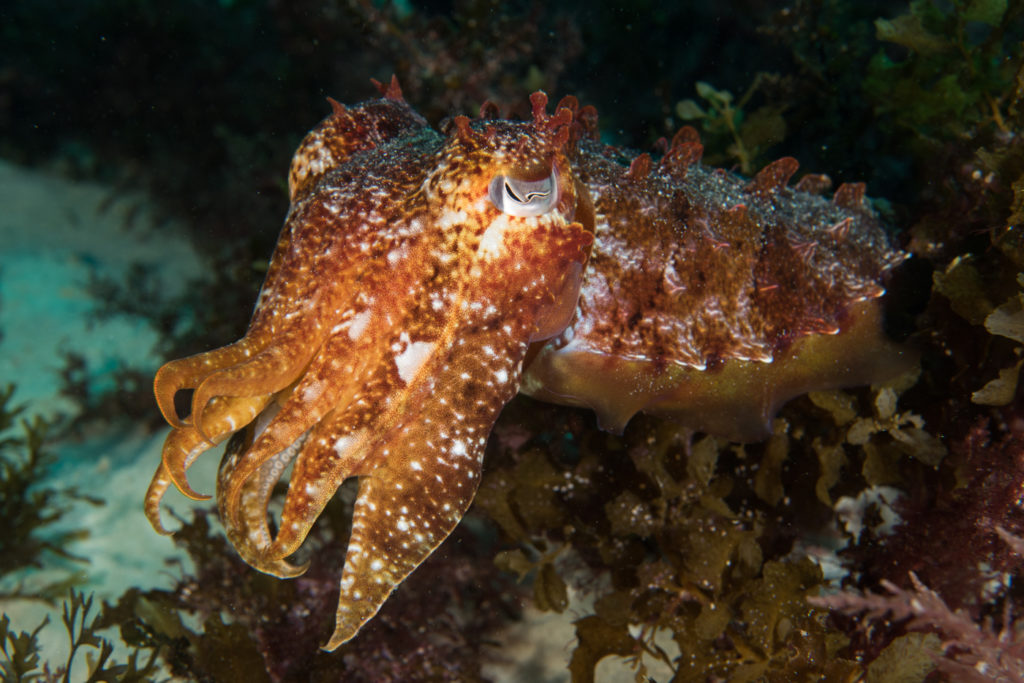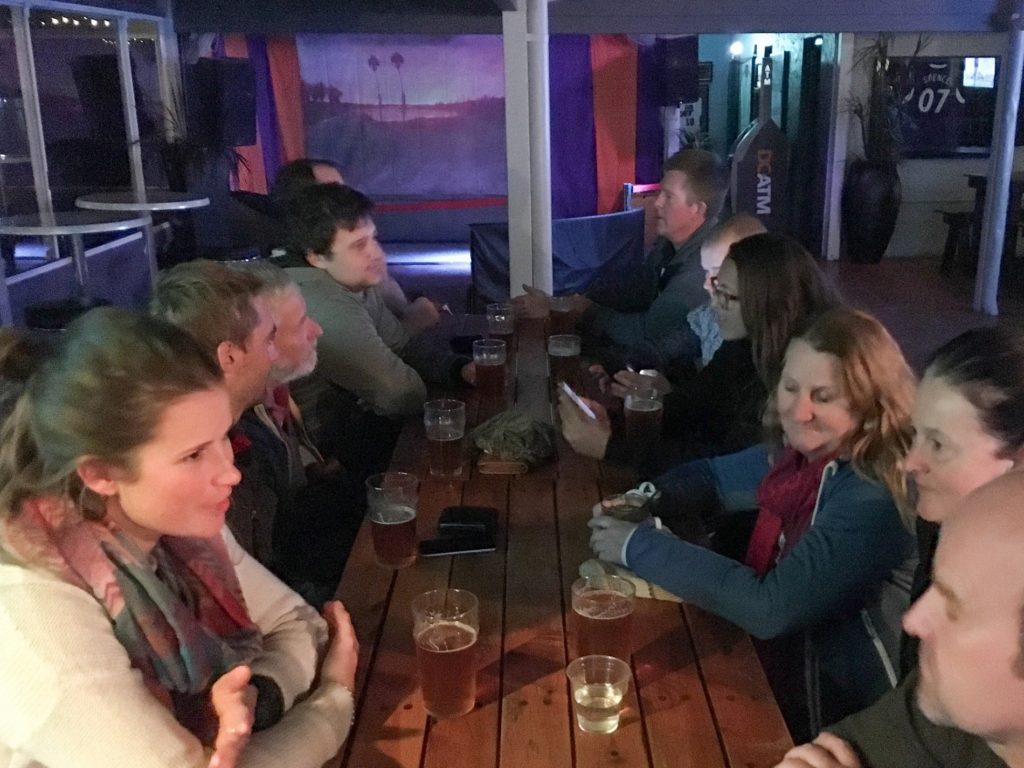Big blue groper, dhufish and lobsters being protected within sanctuary zones.
These were discussed with the Rottnest Island Authority the day before the 10th annual RLS monitoring weekend at Rottnest Island. The RIA were investigating indicators to track the health of the Rottnest reefs to contribute to their Marine Conservation Action Planning. It was noted that the blue groper had become increasingly rare in Rottnest waters over the last decade, and dhufish and lobsters seemed to be protected well within sanctuary zones previously, but the dhufish had recently declined (while lobster numbers vary with state stocks and migrations). The RIA agreed that the RLS data are perfect for looking at trends in these locally important indicators, as well as in other more general indicators such as the Community Temperature Index and the biomass of large fish (B20) (see this study for details).

This discussion proved almost prophetic, with the surveys over the weekend finding lobsters abundant, more Dhufish (Glaucosoma hebraicum) than ever in the last decade (at least 14 across four different sites), and four blue groper (one a very large male). There also seemed to be a return of some of the cooler-water species that had disappeared over the warmer years (e.g. Little Rainbow Wrasse, Dotalabrus alleni) and fewer tropical vagrants in general. But there was a mix of signals in the fish fauna that suggested the story was not as simple as a return towards a ‘pre-heatwave’ fish community. The findings included:
A rare Red Seaperch (Hypoplectrodes cardinalis) was recorded also (an RLS first), topping off what was an incredibly interesting and odd year of surveys.

The team of RLS divers comprised Michael Brooker, Paul Day, Jen Hoskin, Wendy Hutchison, Ben Jones, Don Love, Kevin Smith, Alicia Sutton and Rick Stuart-Smith, with a cameo from Tom Holmes (Department of Parks and Wildlife). Harry Watson and Rebecca Watson were also welcomed to RLS, nailing their training and providing welcome support to a growing and thriving WA RLS team. The overall vital statistics for the team: 13 divers in the water, 59 transects at 18 sites, 98 species on Method 1, 66 species on Method 2.
Substantial thanks go to the Rottnest Island Authority (Cass Thomas and Shane Kearney) for their continued support of the RLS monitoring at Rotto, Wendy Hutchison and Chris Cunnold and the Underwater Explorer’s Club for the vessel (and expert and patient skippering), and Fraser Johnston (Crow’s Nest Media) for joining the team and filming the activities.














